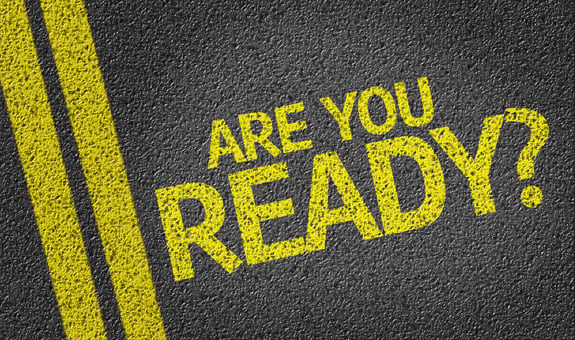Every community is different in the specifics of your Hurricane/Disaster Plan, but one thing is certain, if you are in Florida, you will need one at some point.
Your plan will most certainly differ from community to community, but there are some things that all communities should think to put in it. It is also helpful to have a hard copy binder with all this information in case power is out and you can’t access it on your computer. Remember to create at least 3 of these binders; one for you, one for your board president and one for the management company.
Things you should include in your Hurricane/Disaster Plan binder:
- Board Contact List – Include names, addresses, emails, home phone and cell phone numbers.
- Staff Contact List – Include names, emails, home phone and cell phone numbers (or company cell phone numbers).
- Vendor Contact list, including pre-storm agreements.
- Insurance information – not only agent's information but policy numbers as well as company insurance information, including claims department info (email, phone, website address). Make sure you have this on a spreadsheet and then just print your spreadsheet out. This way you can continually update the spreadsheet when you need to update insurance information.
- Owners List, both alphabetically and by address. Ensure you have emergency contact information for every homeowner (especially important if you are a multi-floor condo or a 55+ community).
- Site map/plan with items easily identified, such as temporary debris staging areas for both landscape debris and construction debris – two separate areas as you can’t co-mingle debris. It would also be wise, especially if you are a multi-building condominium to also mark where each buildings water, electric and gas shut-off's are, as well as fire extinguisher locations.
- It would be a good time to have that fire extinguisher inspection, if you haven’t already, to insure all of them are working and up-to-date. Ordering replacements take time, something you may not have in the middle of hurricane season.
- Location of electric room, generator(s) and any emergency equipment or devices.
- Communication is key in any emergency. A designated point in the community for information sharing such as daily at the pool at noon for updates. Especially important if wi-fi or electricity is out which means that email or even cell phone service may be out. A communication plan for before and after the storm through different ways. Give yourself options.
- Pictures of all common areas showing what it looks like prior to a storm. Have an Insurable Value Appraisal and review it closely. After I took over a condo property, and was reviewing the last IVA, I found many items weren’t even on it that cost thousands of dollars to replace.
- Update your emergency kits with bandages and other first-aid supplies, flashlights, batteries, non-perishable food such as granola bars and other snacks. Especially important if you have a 55+ community and resident may have Type 2 diabetes. When sugar levels drop, which it does in times of stress, something like granola bars may help save a life. Portable radio and extra batteries, bottled water, trash bags, cleaning supplies and the list could go on and on. Just stock your emergency kits with what your community will need.
